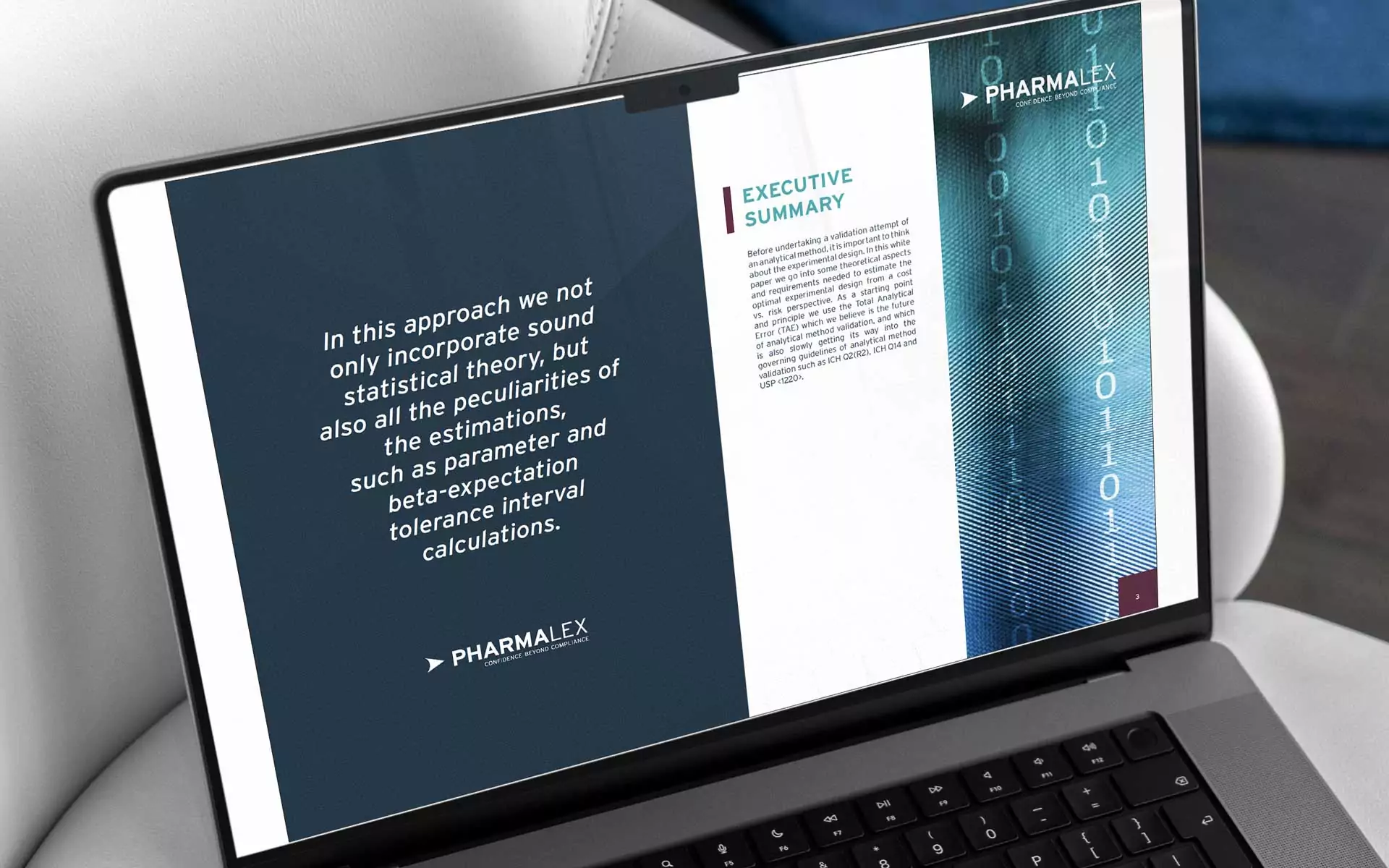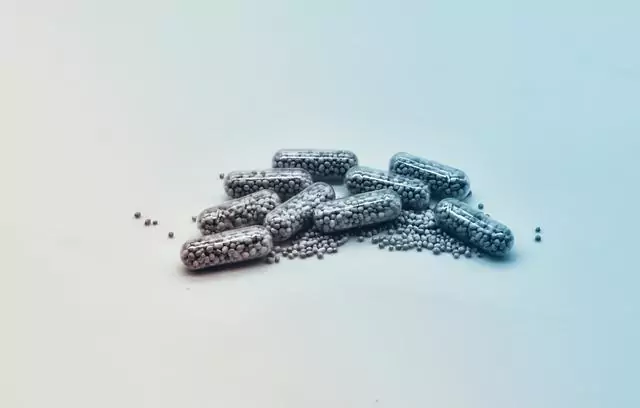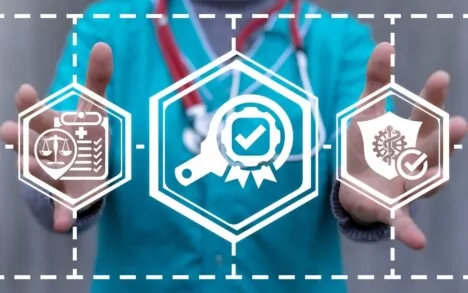Annex 1 “Manufacture of Sterile Medicinal Products” was first published in 1971 and forms part of EudraLex Volume 4 [1] that interprets the basic principles of GMP as detailed in European Directive 2003/94/EEC [2]. Annex 1 provides guidance on the minimum controls that are required to protect sterile medicinal products during manufacturing. All manufacturers that provide medicinal products to the European market must comply with these requirements to minimize the risk of microbial, particulate and pyrogen contamination in the final product. Since its first publication, Annex 1 has been revised several times with the latest update published in 2008. However, the document has never been subject to a full revision.
A Working Group with representatives from a wide range of global countries , including representation from internationally recognised bodies, WHO and PIC/S, collaborated on a major revision and a long-awaited draft was published for public consultation in December 2017. With an overwhelming response to this first revision of over 6200 lines of comments received by the Working Group, an updated draft guidance was issued in February 2020 for a second targeted consultation. While the Pharmaceutical world is awaiting further development at the time of writing this article, the latest information received is that the final version is with the European Commission for final approval and is likely to be released in the near future.
A full revision of the current Annex 1 was much desired since the Pharmaceutical Industry has evolved at a very fast pace over the last decade particularly, with the development and emergence of new technologies and many new products such as personalised medicines onto the Pharmaceutical Market. In addition, Regulatory Bodies have observed poor investigation practices, a lack of true root cause analysis and inadequate identification of effective CAPA during inspections. Revision of Annex 1 was crucial to reinforce the existing EU requirements and to keep up with advanced technologies such as the use of barrier technology. The new revision was required to reflect new insights and expectations in cleanroom, equipment and utility design as well the deployment of new rapid microbiological methods. The changing pharmaceutical landscape made this revision necessary.
The current version of Annex 1 documents the current EU guidance on 16 pages. However, the new draft spans 52 pages and contains 11 sections. The first subtle but important change is in the Title as it now reads: “Manufacture of Sterile Products” where the word “Medicinal” is omitted compared to the current title. This subtle change indicates the broadening of the scope of the document beyond medicinal products. On review, it also becomes clear that Regulatory Bodies will expect that certain elements are also applied to manufacturers of non-sterile products as in the Scope of the document it is described that some of the principles and guidance “may be used to support the manufacture of other products that are not intended to be sterile”. While not mandatory, Manufacturers can expect that regulatory bodies will also look at the aspects of the new revision of Annex 1 that could apply and expect a justification or rationale where certain aspects are not adopted. Also, a discussion point may be the topic of how a Manufacturer has implemented aspects of Annex 1 into their non-sterile manufacturing process.
A central point in the new Annex 1 is the application Quality Risk Management (QRM) a in a pro-active manner. The concept of QRM within the Pharmaceutical Industry is not new. The FDA presented the initiative of risk-based approaches as far back as 2002 in their meeting “Pharmaceutical Quality for the 21st Century: a risk-based approach” [3]. In 2005 the International Conference of Harmonisation (ICH) introduced ICH Q9 “Quality Risk Management” The various documents available describe the aspects to take into account when integrating Quality in the whole chain of the pharmaceutical process including prospective identification of potential risks, with the purpose to enhance process understanding and support patient safety.
While the principles of QRM are not specific to sterile products, their application is at the centre of the new Annex 1. The document emphasises the expectation that the manufacturing process and associated activities, equipment and facilities are managed proactively using QRM principles to identify potential risks to quality, based on scientific knowledge and data. The new Annex 1 does not refer to QRM in specific paragraphs but expects that the principles are applied to the entirety of the document. The document also indicates the importance of using the right Risk Assessment tools for Root Cause Analysis and effective CAPA implementation. Rationales and justifications are expected to be in place for the practices deployed and there should be documentation regarding why practices employed are adequate for guaranteeing product, and therefore patient, safety. Quality Risk Management should also be employed to evaluate an acceptable level of residual risk and it is expected that this evaluation is always kept current through ongoing review and re-assessment of process risk. It requires employees with adequate knowledge and expertise of QRM to undertake Risk Assessments, as well Subject Matter Experts with in-depth knowledge in their field of expertise to provide the objective input as required.
Next to the explicit introduction of QRM principles, another key aspect new to the Annex 1 is the requirement for Manufacturers to implement a Contamination Control Strategy (CCS). The new Annex 1 provides the principles and guidance regarding the elements that should be accounted for in the CCS. The correct application of QRM principles is essential to obtain a meaningful document that is of added value to a company. Typically, Organisations have a scattered collection of documents that individually describe some aspects of Contamination Control and these elements are assessed on an individual basis. Often there is not a single document in place holistically describes all measures in place, their interdependencies and overall evaluation of effectiveness. The new Annex 1 now requires a holistic CCS document to be in place that assesses the efficacy of the sum of all controls and monitoring measures employed within the Organisation’s facilities, utilities and processes with the purpose of minimizing the risk of microbial, particulate and pyrogen contamination in the final product. It is expected that the CCS is actively updated to drive continuous improvement regarding Contamination Control. How successful a CCS is, depends on how well the individual elements that are assessed work together to reduce the risk for contamination. In addition to QRM and Risk Assessments, under all circumstances, good knowledge of an organisation’s own process is paramount and requires a multi-disciplinary team. Cross-functional expertise allows science-based assessments to be made regarding potential contamination risks to the product and allows the organisation to focus on the key areas in the CCS and also provides rationale for implementation of control or detection measures.
In the paragraph addressing Production and Specific Technologies it states that the finished product should be terminally sterilised using a validated and controlled sterilisation process. This is in alignment with the 2019 Guideline on the sterilisation of the medicinal product, active substance, excipient and primary container [4]. Where terminal sterilization or bioburden reduction steps like heat treatments are not possible for products in their final container, it is expressed that solutions or liquids must be sterilized by filtration followed by aseptic processing. The new Annex 1 sums up several requirements an Organisation must comply with when it comes to sterile filtration and the characteristics of the selected filter. Compatibility of the filter material with the product, bacterial retention studies and the much-debated requirement for Pre-Use Post Sterilisation Integrity Testing – or PUPSIT are described among other topics. It is recognized in the document that PUPSIT may not always be possible and examples where this derogation apply are included. In such cases, an alternative approach may be taken by the Manufacturer, provided that the alternative approach is justified by a thorough supporting Risk Assessment. This section gives guidance to the Manufacturer on points to consider in the Risk Assessment in addition to the requirement for implementation of appropriate controls to reduce the risk of microbial contamination of the product.
The new Annex 1 provides additional guidance for consideration the topic of premises and cleanroom design, all with the intention of maintaining control of contamination and separation of non-essential processes from critical production steps. There are specifics included for the design of airlocks and expectations for how these are operated. The recommendation for consideration of separate changing rooms for entering and leaving the cleanroom area remains unchanged but now includes more specific text as it applies to Grade B cleanrooms or where the Organisation’s CCS indicates a high-risk for cross contamination. The new Annex 1 also has included the specific desire for separate personnel and material airlocks. This can be a particular challenge for existing or “aging facilities” with legacy systems and process flows.
While not mandated, the use of Restricted Access Barrier Systems (RABS) or Isolators are to be considered with the purpose of minimizing the risk of contamination as a result of direct operator intervention. A specific section in Annex 1 is dedicated to describing the expectations for barrier technology, including minimum background requirements, glove integrity testing and decontamination / disinfection of the system. When a Manufacturer does not avail of barrier technology, the alternative approached is to be justified and supported using Quality Risk Management principles.
More specifics are given about cleanroom and clean air equipment qualification and a summary of the expected test requirements is provided, which are subject to the relevant cleanroom design. While the maximum time intervals allowed for cleanroom requalification remain unchanged, there is an expectation that the minimum test requirements as summarized are also performed after completion of remedial actions due to an out-of-compliance situation in the cleanroom or air handling system.
An important part of a facility’s Contamination Control Program is its disinfection program. Similar to cleanroom requirements, additional guidance is provided regarding the expectations for cleaning and disinfection of cleanrooms. A distinction between cleaning and disinfection has been made with emphasis on the removal of surface contamination which must be performed in order for the disinfection process to be effective. The applied cleaning program must be capable of removing disinfectant residues. While the 2008 revision of Annex 1 expressed the need to use more than one type of disinfectant, the new Annex 1 added the requirement for periodic use of a sporicidal agent. Besides cleanroom disinfection the new Annex 1 also provides clarified guidance for the transfer of materials and between areas of different grades, including specific instances where microbiological monitoring is recommended.
The current Annex 1 included the requirement that Environmental Monitoring (EM) must be performed in accordance with the principles of QRM. In the new revision additional information is provided for Risk Assessments to be completed to establish the EM program and which elements to include. It is expected that these Risk Assessments are reviewed on a regular basis to confirm the effectiveness of the EM program. The limits for microbial contamination have not changed with the exception of Grade A limits, as these have been changed from <1 CFU to “no growth”. This is a clear reflection that no micro-organisms are expected to be recovered from a Grade A environment. For non-viable particles there is now the expectation that Companies establish their in-operation limits for 5.0µm particles based on a Risk Assessment and historical data. The use of historical data trends is also expected for setting viable and non-viable EM limits of other graded areas in such a way that adverse trends can be detected early. Evaluation of EM data trends are an important aspect, which includes the identification and trending of the identity of micro-organisms recovered in cleanrooms. These trends must be reviewed periodically and where required; actions must be taken for remediation. The process for EM data trending and definition of remediation actions is to be described in a procedure.
Closely related to EM sampling is Personnel Monitoring (PM). Both EM and PM are expected to be incorporated in the overall aseptic manufacturing process based on risk and completed at regular intervals. Besides monitoring of personnel after involvement in critical interventions, there is now also the requirement for sampling of personnel upon each exit of the Grade B cleanroom. Note that there is now a dedicated section entitled ‘Personnel’ that prescribes that only the minimum number of personnel should be present in a cleanroom and a maximum number of operators is to be determined, documented and validated.
The use of rapid or automated monitoring systems is encouraged in the new Annex 1 to expedite detection of microbial contamination, i.e. increase detectability or reduce time of detection. When availing of such technology, the alternative method must demonstrate at least equivalency to the conventional methodology through validation.
In Summary, the new Annex 1 contains more information compared to the current revision and covers more aspects and expectations for sterile manufacturing. The general guidance document tries to strike a balance between providing guidance information and setting expectation without being too prescriptive and being unnecessarily restrictive. It is not known what the exact text of the final version will be, but it is not expected to deviate too far from the draft version that was published in February 2020.
While this article is only a brief overview and cannot cover all the aspects of the new Annex 1, the overall message for Manufacturers of sterile products is to ensure the systems and processes are in place to demonstrate sustainable control of the entire process and associated facilities, therewith ensuring product safety and ultimately protection of the patient. Manufacturers should familiarize themselves with the content and consider the potential impact to their organisation with a remediation plan in place where required.
Having subject matter experts available with in-depth experience of the requirements of Annex 1 and Contamination Control & Aseptic Assurance, PharmaLex are uniquely placed to support your organisation to deal with the upcoming impact of the new Annex 1. If you would like our team to examine your Annex 1 readiness and work with you to prepare for the future, please connect with us here








